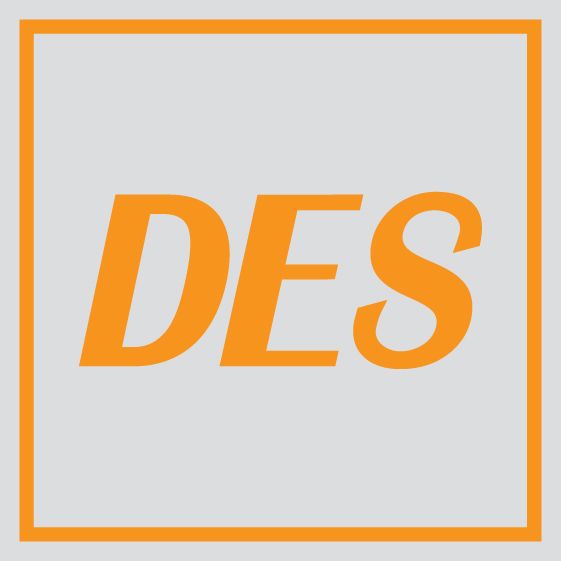Author: Theodora Papadopoulou
Differentiated instruction is an approach to teaching and organizing a classroom that respects each learner and provides a variety of learning opportunities. All students can meet success since it enables them to access information through multiple paths, understand it deeply and produce an effective output. Tomlinson (2005), defines differentiated instruction as a philosophy of teaching that is based on the premise that students learn best when their teachers accommodate the differences in their readiness levels, interests and learning profiles. A main objective of differentiated instruction is to take full advantage of every student’s ability to learn (Tomlinson, 2001a, 2001c, 2004c, 2005).
She also points out that differentiating can be performed in a variety of ways. Tomlinson (2000) argues that differentiation is not just an instructional strategy, nor is it a recipe for teaching. It is an innovative way of thinking about teaching and learning.
According to Tomlinson (2003), there are four areas in which differentiation can occur:
- the learning environment
- the content of the curriculum,
- the process through which children engage in the learning activities, and
- the product or demonstration of what has been learned.
The learning environment includes the overall layout of the classroom and the way the classroom space is used. All these alterations ensure that the classroom is a supportive and comfortable place that helps all students enjoy learning in a welcoming environment. Regarding the process of instruction and students’ interaction, it may involve collaborative learning activities, tiered assignments, learning centres, learning logs, individual goal-setting, changing the pace or delivery of instruction, and using visual and verbal cueing. Last but not least it involves allowing different students to work at different speeds.
It should be noted that curriculum differentiation is determined by the students’ readiness level, interests, and learning profile.
Planning for differentiated instruction involves making informed decisions about the learning environment, determining instructional time, designing appropriate content, materials and resources and finally implementing instructional strategies and evaluating procedures. All these make differentiated instruction a proactive, flexible and student-centered approach.
We should bear in mind that differentiated instruction is an umbrella concept. It incorporates research results on the brain (Greenleaf, 2003), learning styles, multiple intelligences, constructivism, and differentiated assessment into practice in the classroom.
‘Flexibility’ is the key word in a differentiated classroom. The curriculum is followed in a variety of instructional strategies. Every student is engaged in the same general content while interacting with the learning goal at his/her own pace. The differentiated classroom teacher acts as a coach, guiding the learning process and monitoring students’ progress by offering guidance and support. The teacher works with students individually or in small groups.
Differentiated instruction respects each student as a learner. This requires knowing each student’s interests, strengths, and academic challenges. Another important part of differentiated instruction is that it takes into account that students learn differently. Therefore, they need a variety of guidance and support (Chapman, C. & Gregory, G.H., 2007)
By implementing differentiated instruction, all learners are helped to reach their potential.
Differentiated assessment is a process of evaluation where the teacher collects information and data before, during, and after instruction. This process ensures success for all the students. It enables the teacher to have an overall view of students’ achievement. It is important that the assessment is authentic since it offers students a variety of tasks to prove their knowledge (Chapman & King, 2012). Differentiated assessment supports the learning process since it helps teachers identify and begin to address students’ strengths and needs. It is ongoing and responsive process that changes over the course of a unit in response to students’ growth and development. It serves multiple purposes:
- assessment for instructional planning,
- assessment for learning and
- assessment of
Differentiated instruction and differentiated assessment meet the principles of special education since individualised teaching is incorporated in group teaching in a mixed ability classroom. Every student’s learning needs are taken into account and act as an initial point in the adaptation of the curriculum (Bender, W.N., 2002). Students learn to appreciate differentiation, learn at their own pace and understand through practice that one student’s output can be another student’s input (Benati, 2005).
Every student has a range of abilities, needs and interests. Differentiated instruction is any instructional strategy that recognizes and supports individual differences in learning. It maximizes learning by taking into consideration each student’s’ individual and cultural learning styles. It respects the fact that some students may require adjusted instruction and offers different ways for students to explore curriculum. Differentiated instruction facilitates learning since it helps teachers create learning situations that match students’ current abilities and preferred learning styles while stretching their abilities and encouraging them to experience new ways of learning.
It provides both teachers and students with unique teaching and learning experiences. What reassures the success of such teaching approach is, apart from knowledge, the belief that every student is a potentially successful one who seeks opportunities to develop his/her abilities.
Author: Theodora Papadopoulou
